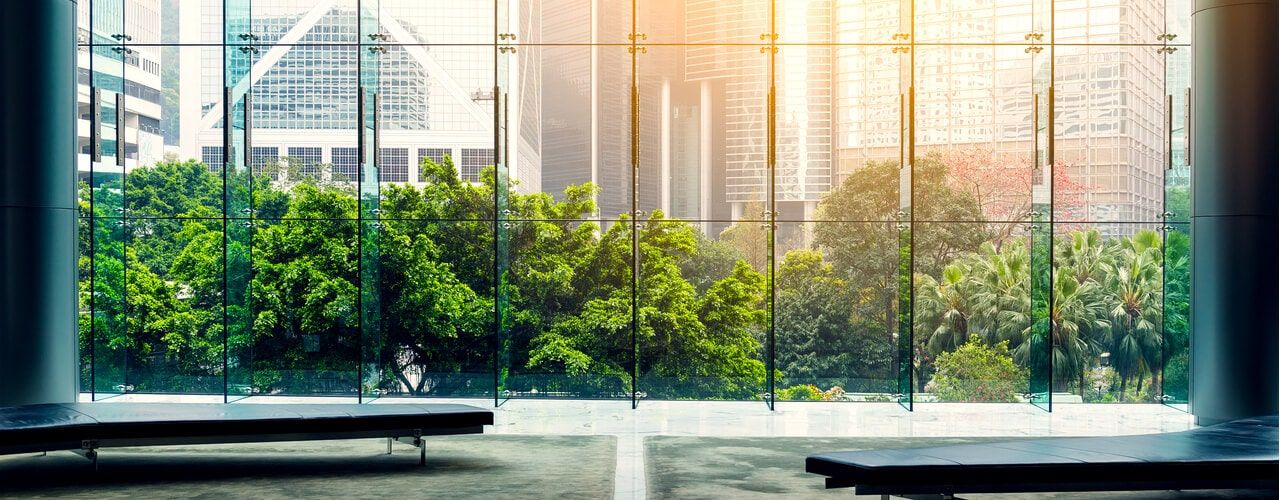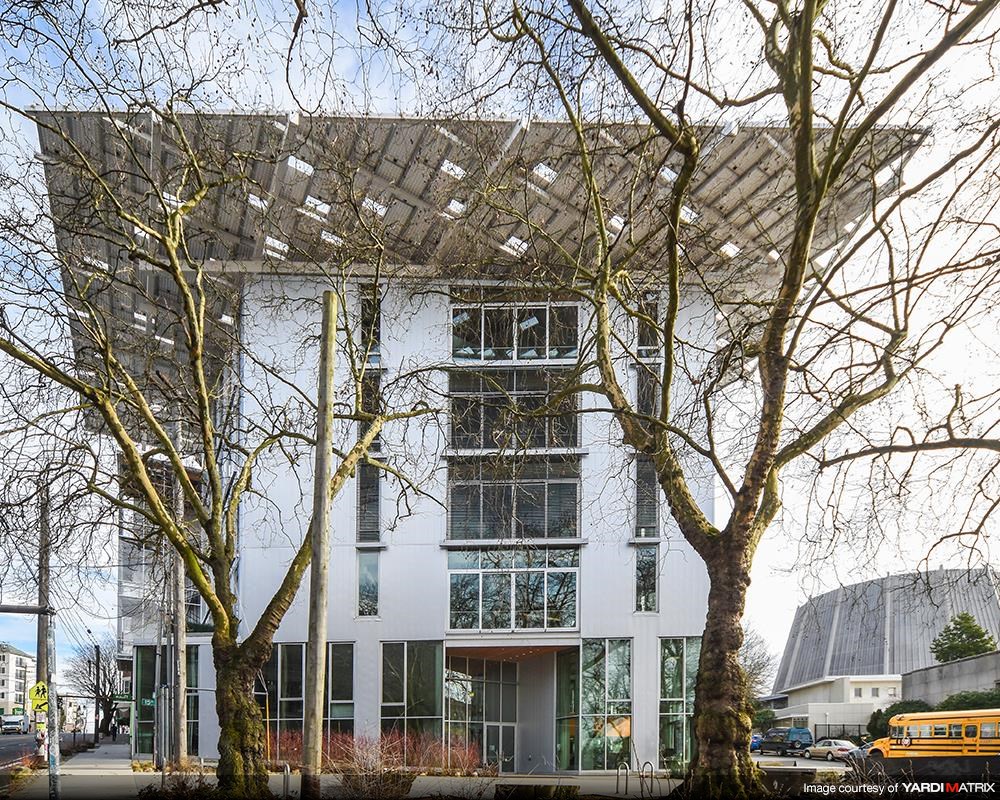At a time when climate change and global warming seem like imminent consequences of global mass consumerism, environmental consciousness is stronger than ever. Many individuals, various organizations and even some large international corporations have started taking steps to combat this issue with a variety of practices in the hopes of slowing down the process and helping save the environment.
Some traditional offices, along with a number of coworking hubs, have also joined the quest to become more environmentally-friendly in their daily routines. Although the goal is universal, striving for energy-efficiency is a singular task, which every company tackles individually. Take a look at how coworking hubs can strive for sustainability in comparison with what traditional offices are doing to become more eco-friendly:
Traditional office buildings and sustainability
The opportunities to implement environmentally-friendly systems and methods are many. Some of the world’s most eco-friendly office buildings think big in terms of sustainability and use greywater to flush toilets, generate power through solar panels, recycle on a daily basis and use low-energy LED lighting with sensors.
The Bank of America, the first LEED Platinum certified high-rise in the world, has an on-site co-generation plant producing 4.6 megawatts of clean power and boasts a system that captures and re-uses rainwater. The Bullitt Foundation’s office building in Seattle has foam-flushing toilets that use less than a cup of water per flush. It also utilizes a system that not only collects and reuses rainwater but can also convert it into drinkable water as well.
The materials from which the David & Lucile Packard Foundation’s Los Altos base was built are 95% completely recycled, and it produces its own energy with the help of 915 rooftop solar panels. These are just a few examples of how traditional buildings aim for sustainability. Other practices include the use of solar chimneys and low-energy IT equipment, as well as maintaining ecological gardens.
Coworking offices and the environment
Coworking hubs tend to have an undeniable advantage compared to office buildings that have been around for decades: they’re often quite new and therefore more likely to have been designed with sustainability in mind. Shared office spaces have only started popping up in the last two decades, when discussion about eco-friendly practices really got going, so most coworking offices implemented sustainable tactics from the get-go.
As a matter of fact, the most fundamental principle of shared office spaces is eco-friendly from the start, since real estate and overhead costs are split through membership fees and they mostly function as multi-use spaces. This sharing principle refers not only to the use of space, but also to all kinds of office supplies, amenities and resources, which helps cut waste.
When deciding whether coworking hubs or traditional offices are doing a better job at becoming more environmentally-friendly than they already are, there’s no clear winner. It’s hard to generalize when sustainability is such an individual task to tackle and it’s basically up to every company to take it on as they see fit. Luckily, both types of organizations very often recognize the importance of eco-friendly practices and implement them on a daily basis, contributing to a more sustainable collective future.
Creating an environmentally-friendly office
Even if you’re a small company with limited resources, you can still make changes that will help keep an environmentally-conscious atmosphere in your office. By turning off computers and devices on which you’re not working, or by setting them to shut off if they’re not used for 15 minutes, you’ll not only be helping the environment, but you’ll likely also have a smaller electricity bill. Aim for a paperless office, discourage unnecessary printing and even if you desperately need to print something out, use 100% recycled content paper products in the process.
Reduce, reuse and recycle everything you can and try to avoid single-use cups, cutlery and plates as much as possible. Replace the wasteful paper towels in the bathroom with more energy-efficient air dryers and make an effort to educate your employees to be more mindful of the environment in their daily routines at the office. By using non-toxic cleaning products and turning to eco-friendly food choices (organic meals, locally-sourced products and companies that don’t use plastic packaging) you’ll reduce the carbon footprint of your company greatly, contributing to a better, more sustainable environment.










